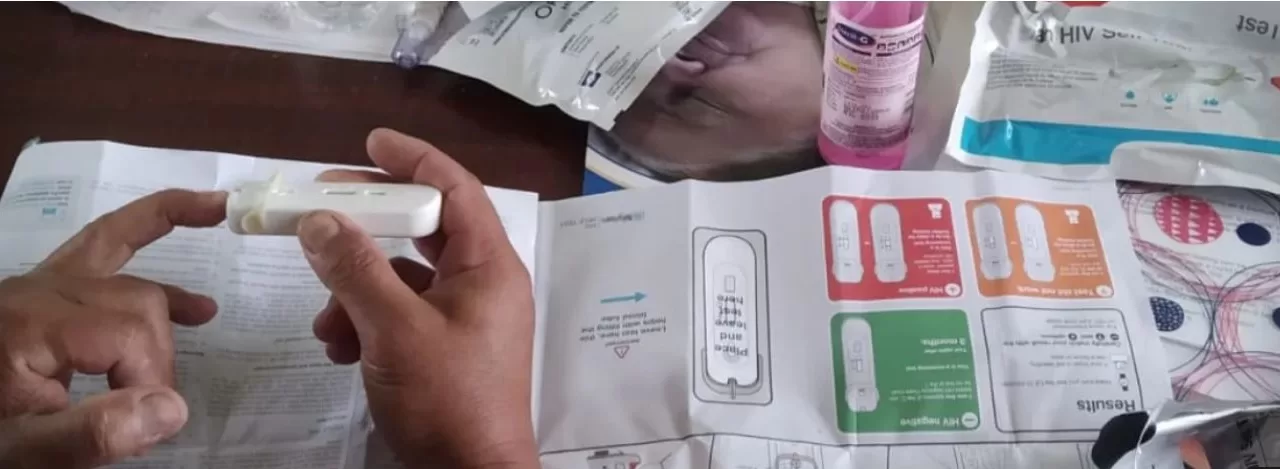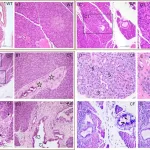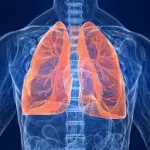A groundbreaking method for isolating HIV from samples has been developed by researchers at Leipzig University and Ulm University, potentially revolutionizing the detection of the virus and enhancing diagnostic capabilities. Published in the journal Advanced Functional Materials, the study introduces a novel approach utilizing peptide nanofibrils (PNFs) on magnetic microparticles, offering a promising tool for targeted binding and separation of viral particles.
Professor Bernd Abel of Leipzig University’s Institute of Technical Chemistry emphasizes the significance of the method, stating, “The presented method makes it possible to efficiently capture, isolate and concentrate virus particles, which may improve the sensitivity of existing diagnostic tools and analytical tests.” The technique utilizes nanofibrils, small needle-like structures, based on the EF-C peptide initially described by Professor Jan Münch from Ulm University and Ulm University Medical Center in 2013.
Dr. Torsten John, co-first author of the study and former doctoral researcher under Professor Abel at Leipzig University, highlights the versatility of the EF-C peptide, noting its transformative potential in the field of virus detection. “Using the EF-C peptide as an example, our work shows how peptide fibrils on magnetic particles can have a completely new functionality — the more or less selective binding of viruses,” states Dr. John, now a junior researcher at the Max Planck Institute for Polymer Research in Mainz, Germany.
The method developed by the researchers enables the efficient concentration and isolation of HIV particles without relying on centrifugation, a significant advancement in viral research and diagnostics. Professor Münch underscores the importance of increasing the local concentration and isolating viruses from samples to enhance sensitivity in diagnosing viral infections. The innovative approach utilizes magnetic microbeads to specifically bind and magnetically separate virus particles, preserving their activity and infectivity.
The study showcases the potential of this technology not only in HIV research and diagnostics but also in other applications in viral research. By improving the efficiency with which virus particles can be concentrated and isolated, the new method and hybrid material hold promise for enhancing the diagnosis of infections and monitoring resistance. The development represents a significant step forward in the fight against HIV/AIDS and underscores the transformative impact of interdisciplinary collaboration in scientific research.











